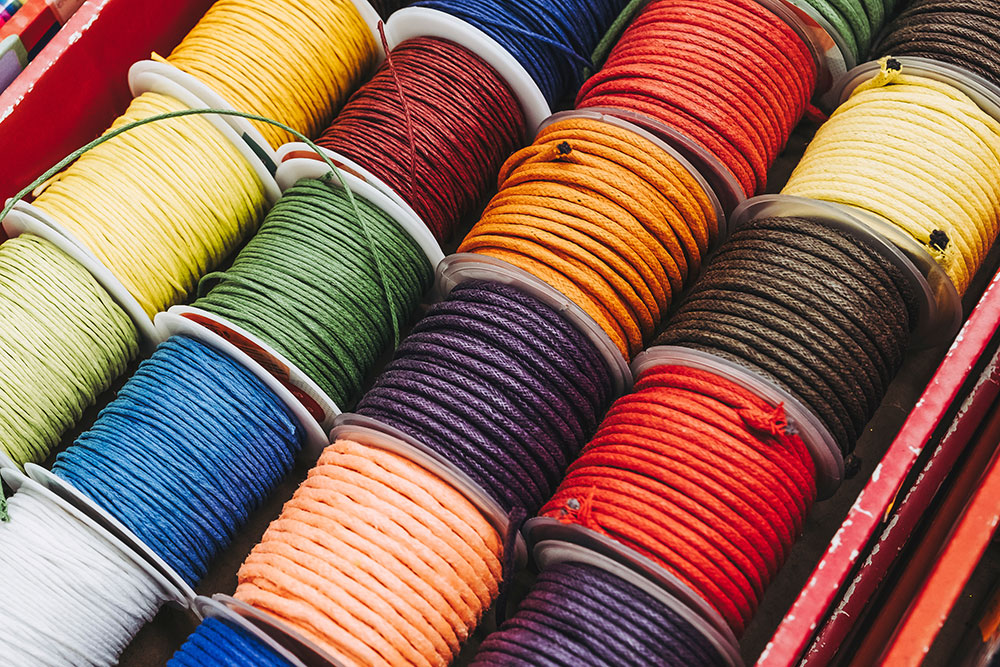The evolution of lace materials over the years
The first materials used for laces
The use of leather and natural fibers
In early civilizations, shoe laces were mainly made from natural materials such as leather and plant fibers. Leather, in particular, was valued for its durability and flexibility. Leather laces were commonly used in footwear in Roman and medieval times, where they offered a good mix of strength and resistance to wear.

Plant fiber laces
Plant fibers such as hemp, linen and cotton were also popular for making shoelaces. These materials were woven or twisted to create strong, durable laces. Plant fibers were easy to obtain and work with, making them a practical choice for rural communities and artisans.
The advent of synthetic materials
Nylon and polyester laces
In the 20th century, with the rise of the chemical industry, synthetic materials began to replace natural fibers in the manufacture of shoelaces. Nylon and polyester have become the materials of choice due to their strength, lightness and low production cost. These synthetic laces offered greater resistance to water and abrasion, making them ideal for use in varied conditions.
The advantages of synthetic materials
Nylon and polyester laces have several advantages over traditional leather or natural fiber laces. They are more resistant to tears and scratches, which extends their lifespan. Additionally, they are available in a wide range of colors and styles, allowing consumers to customize their shoes according to their preferences.
Recent innovations in lace materials
Elastic and technical laces
Recently, innovations in lace materials have led to the introduction of elastic and technical laces. These laces, often made from blends of spandex and synthetic fibers, provide elasticity that allows for a more comfortable, personalized fit. Elastic laces are particularly popular in sports and leisure shoes, as they allow shoes to be quickly put on and taken off without having to re-tie them.
Ecological and sustainable materials
With growing awareness of environmental impact, many manufacturers are turning to eco-friendly and sustainable materials for manufacturing shoelaces. Shoelaces made from recycled fibers, bamboo and organic cotton are gaining popularity. These materials provide an environmentally friendly alternative to traditional synthetic laces, while maintaining the necessary durability and performance.
In conclusion, the evolution of shoelace materials reflects the technological advances and environmental concerns of each era. From natural fibers to synthetic materials, and now eco-friendly options, shoelaces have evolved to meet changing consumer needs while providing comfort, durability and style.
